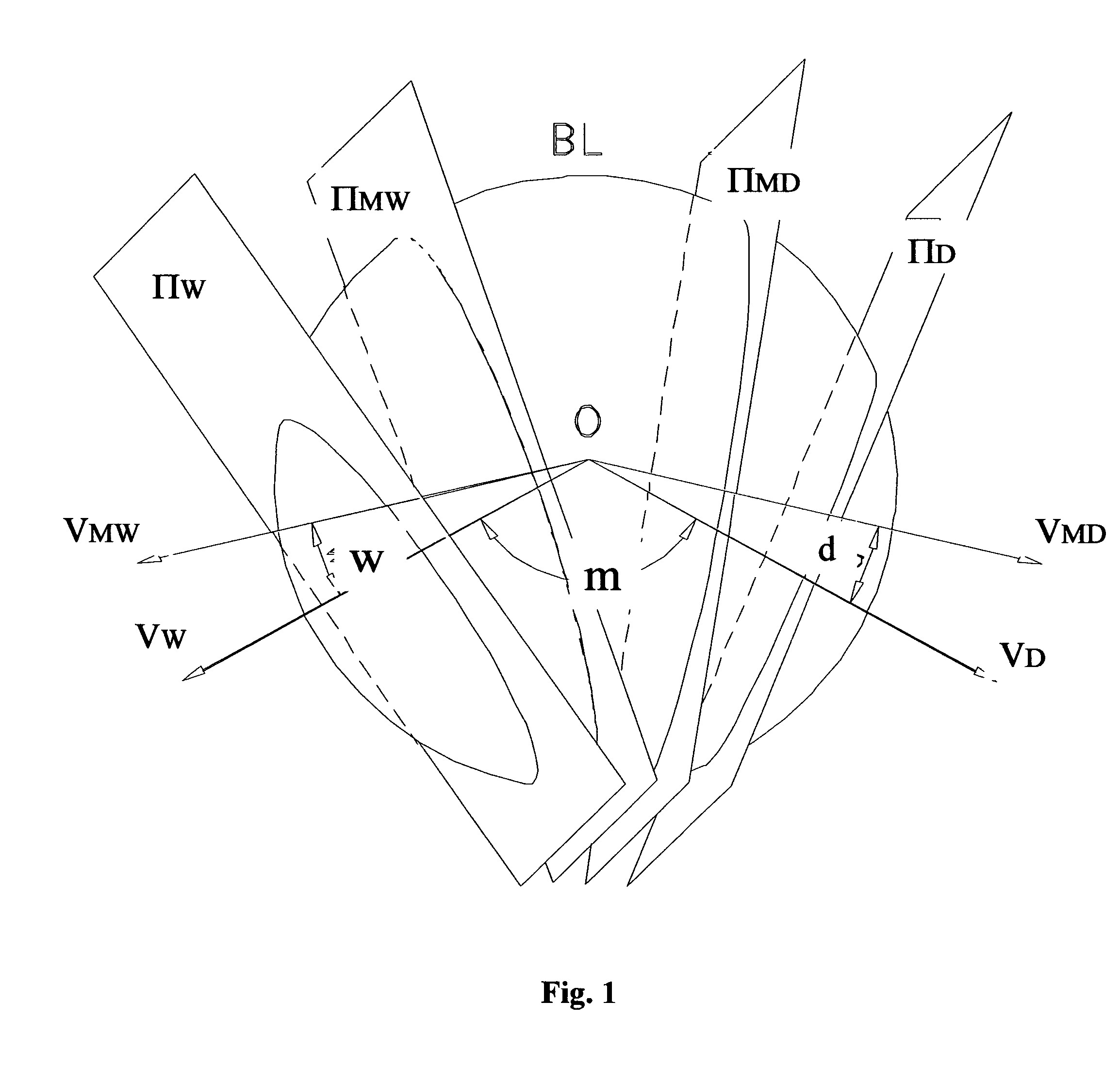Internal combustion two stroke oscillating engine
a technology of internal combustion engine and oscillating engine, which is applied in the direction of positive displacement engines, engines with rotating cylinders, reciprocating piston engines, etc., can solve the problems of affecting the efficiency of real diesel engines, unable to meet the requirements of primemovers, and complicated technology and more expensive, so as to achieve high power density, high efficiency of hcci and pdd modes of operation, and the effect of enduring extremely high loads
- Summary
- Abstract
- Description
- Claims
- Application Information
AI Technical Summary
Benefits of technology
Problems solved by technology
Method used
Image
Examples
Embodiment Construction
Two Stroke “Crosshead” Oscillating Engine (FIGS. 8-14)
[0043]This design provides the canonical form of oscillating engine and is to be considered as basic. This engine is intended for all manner of heavy machinery like excavators, bulldozers, heavy trucks, military vehicles including tanks etc.
[0044]This engine uses a flat mechanism of the type described in the section “Summary of the invention”. All the kinetic couples of the mechanism are rotary ones. All the following three quantities are equal: Crank radius r of the crankshaft 2, eccentricity ratio e of the intermediate eccentric 4 relative the crankshaft 2, eccentricity ratio E of the intermediate eccentric 4 relative the oscillator 3. The distance d between the axis of oscillation of the oscillator 3 relative the body 1 and the axis of rotation of the crankshaft 2 relative the body 1 is greater than r. The mechanism produces oscillating motion relative the body 1 of the oscillator 3 from rotary movement relative the body 1 of ...
PUM
 Login to View More
Login to View More Abstract
Description
Claims
Application Information
 Login to View More
Login to View More - R&D
- Intellectual Property
- Life Sciences
- Materials
- Tech Scout
- Unparalleled Data Quality
- Higher Quality Content
- 60% Fewer Hallucinations
Browse by: Latest US Patents, China's latest patents, Technical Efficacy Thesaurus, Application Domain, Technology Topic, Popular Technical Reports.
© 2025 PatSnap. All rights reserved.Legal|Privacy policy|Modern Slavery Act Transparency Statement|Sitemap|About US| Contact US: help@patsnap.com



